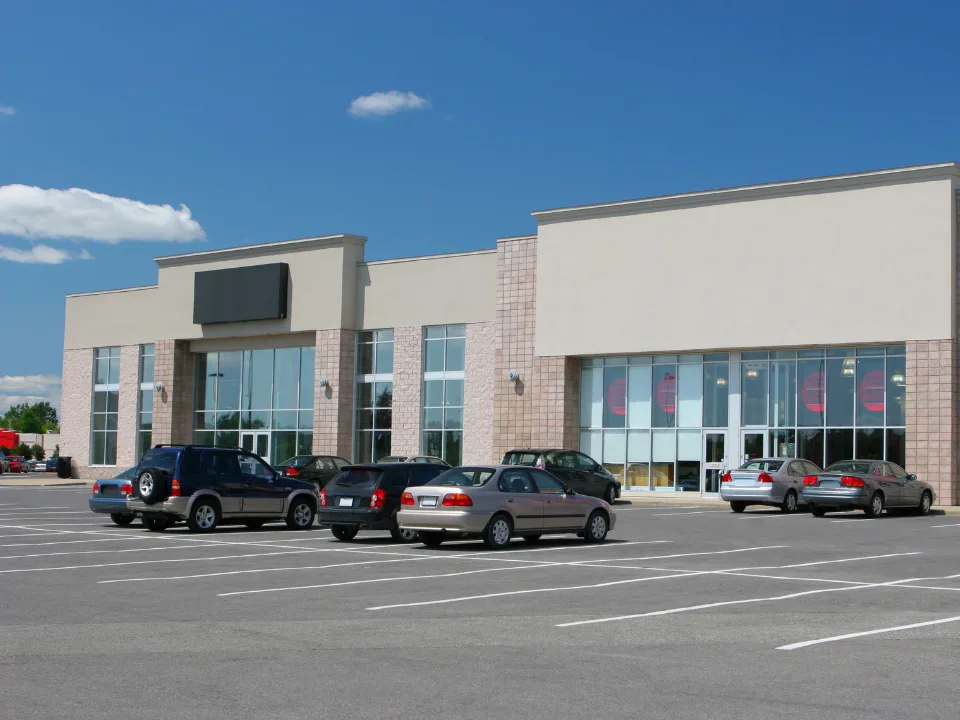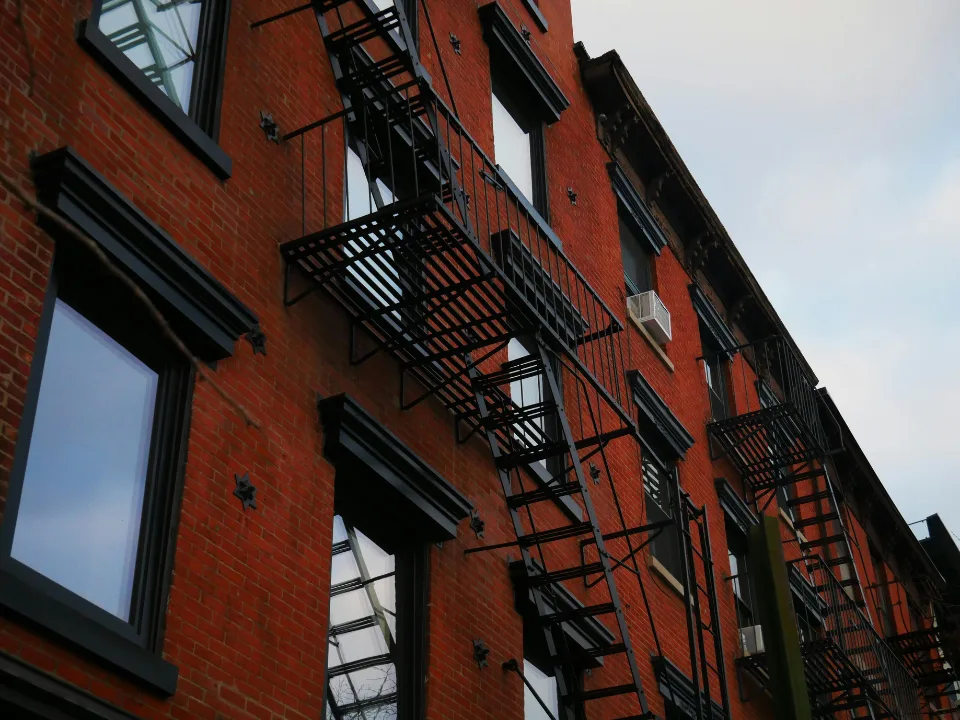- The commercial property market is showing signs of recovery as borrowing costs fall and both buyers and sellers anticipate stabilization.
- Property values have dropped by 19% since 2022, prompting more deals as investors look to offload distressed properties and refinance.
- Lenders and investment groups are raising significant funds to finance new deals, indicating increasing liquidity in the market.
According to Bloomberg, the U.S. commercial real estate market is emerging from a prolonged downturn, with falling borrowing costs attracting new buyers.
Signs of life are returning to a sector battered by rate hikes and economic uncertainty. Property values, down 19% from their 2022 peak, are drawing interest from investors looking for opportunities amid steep discounts.
Distressed Deals
Distressed properties have dominated recent transactions.
Notably, a New York City office building sold for 67% less than its 2018 purchase price, and Chicago’s former Cboe Global Markets headquarters sold at half its pre-pandemic value.
Analysts expect 2025 to bring a surge in market activity, driven by a mix of distressed sales and renewed investment opportunities.
Investment Accelerates
Increasing investor interest is evident in competitive bids for loans and properties.
For example, Parkview Financial received multiple offers for $300M in loans tied to commercial and residential real estate.
Similarly, Jones Lang LaSalle’s (JLL) recent Florida warehouse portfolio deal saw a sharp rise in interest, with 12 bids, compared to just four or five months ago.
Growing Liquidity
Liquidity is flowing back into the market as lenders look to clear old loans and start fresh.
Madison Realty Capital, for instance, secured over $2B for a new real estate debt fund, while new commercial mortgage-backed securities (CMBS) issuances have climbed 57% YoY.
Major investment firms, like Fortress and Goldman Sachs (GS), are also raising capital to finance new deals, with expected returns between 10% and 12%.
Future Outlook
Although there’s optimism, the market remains uneven. Different asset classes, particularly outdated office buildings, face unique challenges.
However, the Federal Reserve’s rate cuts are providing a clearer outlook for valuations, prompting more investors to engage. Experts predict the market will continue to recover, albeit with varied results across sectors.
“The waiting game is over,” said Ran Eliasaf of Northwind Group, signaling that the phase of pricing discovery is transitioning into a more stable pricing reality.

















